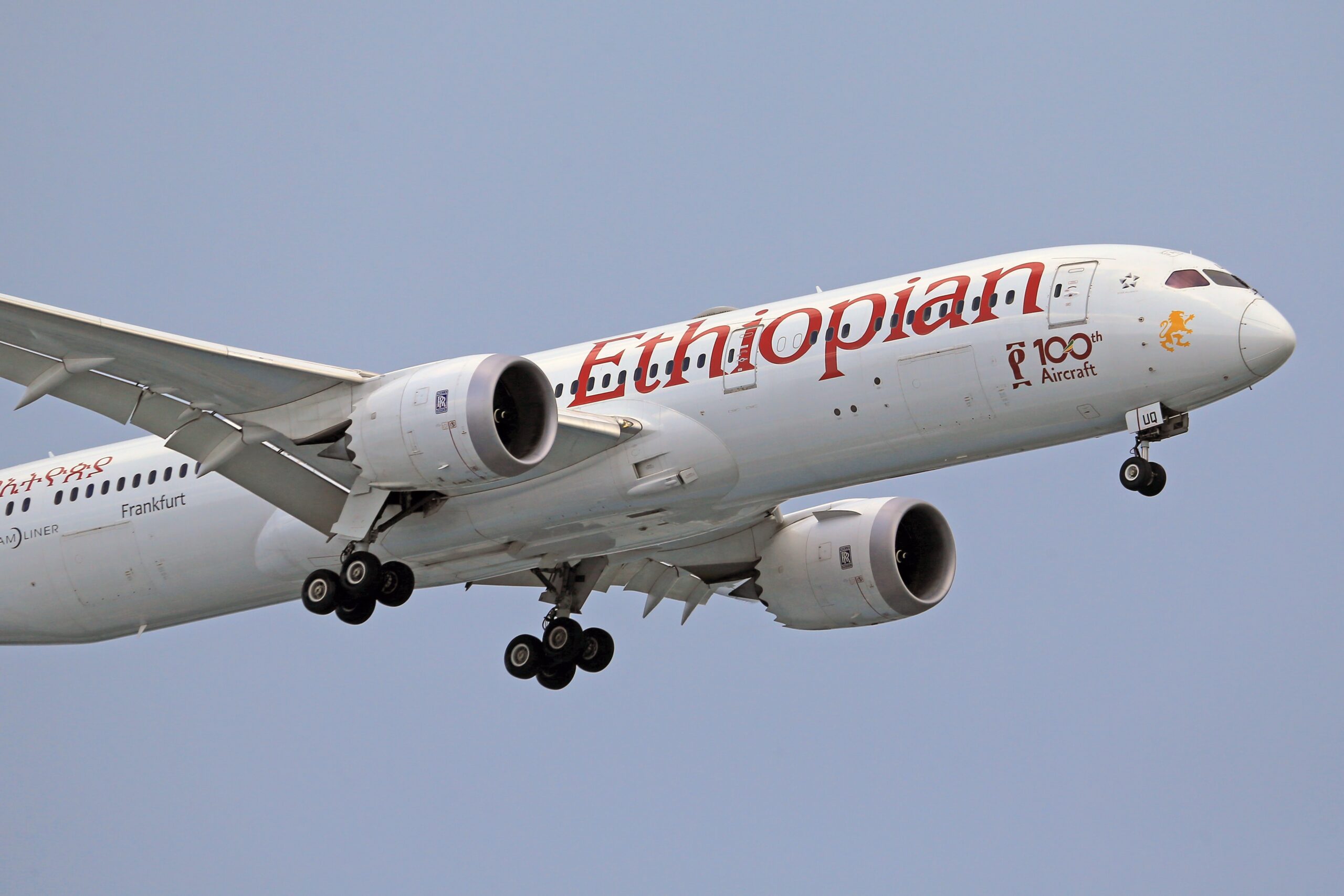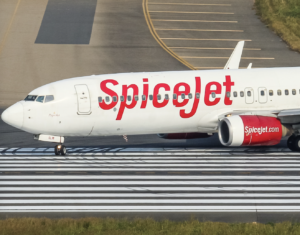A recent collaborative venture established over the summer between Boeing (located at Stand 1200) and Ethiopian Airlines has yielded promising results for the national carrier. This partnership, aimed at creating an aviation hub in Africa, has advanced notably, with talks concerning the production and supply of insulation blankets for Boeing 737 Max narrowbody aircraft progressing to their final stages. The acting COO of Ethiopian Airlines, Retta Melaku, shared this positive development.
“We are in the concluding phase of discussions to initiate production,” he confirmed. “Presently, we are in talks with Boeing to extend this capability to other newer models, such as the 787.”
The partnership, as outlined in an August agreement, encompasses strategic collaboration in four key areas—industrial development, advanced aviation training, educational partnership, and leadership development—all working towards the establishment of an African aviation hub in Addis Ababa.
A Rich History
The historical bond between Ethiopian Airlines and Boeing dates back to the airline’s inception in 1945. During that time, the Ethiopian government engaged TWA to establish and manage the airline, which took flight in April 1946 using five World War II-surplus Douglas C-47 Skytrains.
Venturing into the jet age in the 1960s, Ethiopian Airlines became the pioneering African carrier to acquire the Boeing 707 derivative known as the 720. Despite political changes in the 1970s, the airline placed orders for Boeing 727s. By 1984, Ethiopian became the world’s second airline to welcome the Boeing 767-200 after Israel’s El Al. In 2012, Ethiopian Airlines proudly joined the ranks of launch customers for the Boeing 787 Dreamliner, following ANA and Japan Airlines.
Ethiopian Airlines: A Hub of Expertise
The Ethiopian MRO and Engineering Services, established in 1957, boasts a rich history of maintaining and repairing Boeing aircraft. Equipped with modern maintenance facilities, the MRO center supports engine, component, avionics, and mechanical needs. It also serves major Gulf carriers, including Saudia and Oman Air, along with airlines across Africa.
In line with its deepening relationship with Boeing, Ethiopian Airlines established an aerospace manufacturing plant at the Addis Ababa Bole International Airport in 2009. The plant’s production of wire harness kits for Boeing has consistently achieved high-quality standards, earning the airline a reputation as one of Boeing’s top suppliers.
Evolving into an Aviation Hub
The partnership’s primary goal is to establish an aviation hub in Ethiopia, enhancing manufacturing capabilities. “Our aim is to create diverse manufacturing sites, similar to the wire kit harness manufacturing plant,” Melaku stated.
The collaboration’s second aspect revolves around advanced aviation training, aimed at bolstering the number of pilots, technicians, and engineers. The third pillar involves an educational partnership, with plans to transform the Ethiopian Aviation Academy into a globally recognized aviation university catering to Africa and the Middle East.
The final pillar centers on leadership development. Recognizing the need for qualified leadership in Africa, the partnership seeks to nurture the next generation of leaders for the continent’s aviation industry.
Beyond serving passengers, Ethiopian Airlines believes in fostering aerospace growth and harnessing Africa’s untapped potential. This commitment contributes to the elevation of the African aviation industry on the global stage—a vision that holds great promise and potential.


















